
The Speckle Park cattle are a Canadian breed that is kept primarily for their good quality beef.
They have a unique coloring pattern which combines speckled hindquarters, a solid coat, broken by a line down their spine and usually a white underbelly with a white, black or roan face. They are a very easy breed to care for and maintain they are also easy to handle.
SPECKLE PARK CATTLE BREED OF CATTLE QUICK PROFILE OVERVIEW
|
|
|---|---|
| The Speckle Park is a Canadian beef breed that is internationally known for the good quality of beef, hardiness with a good temperament. | |
| Country of Origin: | Canada |
| Other Names: | Canadian Speckle Park |
| Main Purpose: | Meat |
| You may Also Like: | 35 Best Cattle Breeds for Milk – Dairy Cattle |
| You may Also Like: | 47 Best Cattle Breeds for Meat – Beef Cattle |
| Can be used for | Breed, Meat |
| Ideal Climate: | Heat, Cold, Most Climates |
| Conservation Status: |
Not Listed by the *ALC Status/Rarity: Not at risk |
| Health Issues? | No known health issues |
| Good Starter Cattle? | Novice to intermediate Cattle farmer/keeper level |
| Cattle Associations: | Speckle Park International Inc, Irish Speckle Park Cattle Society, and Canadian Speckle Park Association |
| Cattle Clubs: | Please refer to the Speckle Park International Inc, Irish Speckle Park Cattle Society, and Canadian Speckle Park Association for more information on the Speckle Park breed of cattle. |
| Where to buy them? | Please refer to the Speckle Park International Inc, Irish Speckle Park Cattle Society, and Canadian Speckle Park Association for more information on the Speckle Park breed of cattle. |
| Child Friendly? | Livestock should not be left unattended around unsupervised children |
| General Information: |
The Speckle Park is named because of the coloring of its coat.
Ireland was the first place outside of Canada to bare the first International Speckle park. The calf was born from embryo’s that were bought by a Cork farmer who bred the first European Speckle park in 2008. Speckle Park are excellent foragers that have a fast weight gain of both grass and or grain. They also have a lower level of outer layer fat which gives them good dress out percentages making them quite a profitable breed. |
| Note: *ALC stands for American Livestock Conservancy | |
PHYSICAL CHARACTERISTICS |
||||||||||||||||||||||||||||||||
|---|---|---|---|---|---|---|---|---|---|---|---|---|---|---|---|---|---|---|---|---|---|---|---|---|---|---|---|---|---|---|---|---|
| The Speckle Park cattle breed are medium sized frame and have a well-defined blocky body with a typical rectangular cow shaped face and slightly upturned snout. The bulls tend to be beefier and round in appearance than the more squared off females. They have long sturdy legs and with little to no dewlap. | ||||||||||||||||||||||||||||||||
| Size: | Medium | |||||||||||||||||||||||||||||||
|
||||||||||||||||||||||||||||||||
COW BREEDING & MILKING INFORMATION |
|
|---|---|
| Most Cattle produce milk but not all of them are used in the dairy Cattle capacity for their milk. Cows only calve once a year and should have 12 to 14-month inter-calving cycle. They are excellent mothers with great maternal instincts and will protect their young with vigor. They have easy births with little to no birthing problems are very fertile. | |
| Breeding Period/cycle: | Usually lasts 6 to 24 hours Most ave. 12 to 16 hours Cows usually come on heat every 21 days. |
| Estrous cycle: | Ave. 17 days to 24 days Heifer – usually ave. 20 days Cows – usually ave. 21 days |
| Gestation Period: | Usually, around 279 to 287 days but most gestation is 283 days. Cows that are carrying bull calf’s their gestation period is usually a little longer than cows that are carrying heifer calves. |
| No. Calves/Litter: | 1 calf at a time. Cows rarely have twins or triplets, but it can happen |
| Lactation Period: | Cows lactation period can last for up to about 10 months (305) days. |
| Milking From: | 1 to 6 weeks after Calving |
| Drying off Period: | The cow should have a 12 to 14-month inter-calving cycle. Drying off period for around 60 days before she can calve again. |
| Milk Quality: | Good |
| Milk Ideal for: | Calves |
| You may Also Like: | 35 Best Cattle Breeds for Milk – Dairy Cattle |
CATTLE MEAT PRODUCTION INFORMATION |
||||||||
|---|---|---|---|---|---|---|---|---|
| They are sought after by butchers in Australia and Canada for their high quality of meat and impressive meat quality throughout the various cuts. They are fast growers with good carcass weights and achieve AAA grade carcass without excess outer fat. The typical finished carcass weight on the rail is an average weight of around 330kgs. | ||||||||
| Meat Production? | Yes, Quality: Good | |||||||
|
||||||||
| You may Also Like: | 47 Best Cattle Breeds for Meat – Beef Cattle | |||||||
CATTLE SKIN PRODUCTION INFORMATION |
||||||||
|---|---|---|---|---|---|---|---|---|
| Most meat Cattle will have a skin by-product, and these are usually used in some form or just as a hide. Their hides are a by-product of their meat production and are of good quality used in various leather products. | ||||||||
| Skin Production? | No, Quality: Good | |||||||
| Skin is used to Produce: | Calf/cow skin leather products such as shoes, car seats, fine leather coats, gloves, handbags, belts, furniture, rugs, etc. | |||||||
|
||||||||
HISTORY
Speckle Park cattle were developed in Canada in both Saskatchewan and Alberta provinces of Canada. They were developed over a 50-year period to become a distinct pure-bred breed with their herd book now being closed as stipulated by the Canadian Animal Pedigree Act.
The breeds lineage is British based and is primarily from the black Angus, Teeswater Shorthorn and a white bull with colored points that is unidentified.
They are often described as the “beef breed with the color bonus” as they come in a various range of great color patterns.
The breed has much to offer cattlemen in that it has a black skin which helps stop the breed from getting various sunburnt conditions including sunburnt udders, etc. they are naturally polled, have early fertility, birthing eases with little to no problems, produce vigorous calves, have a great milking ability and have both manageable bulls and cows.
Video
USEFUL LINKS
- Purebred Dairy Cattle Association
- American Dairy Association
- National Association of Animal Breeders
- American Dairy Science Association
- United States Cattlemen’s Association
- National Cattlemen’s Beef Association
- American National Cattlewomen
- Beef Cattle Breed Associations
- National Cattlemen’s Beef Association
- Fur Commission USA
- North American Meat Institute
- American Livestock Conservancy
- Animal Shelter (ASPCA)
- American Veterinary Medical Association
- American Animal Welfare Society
- American Animal Control
- American Society of Animal Science
- United States Department of Agriculture
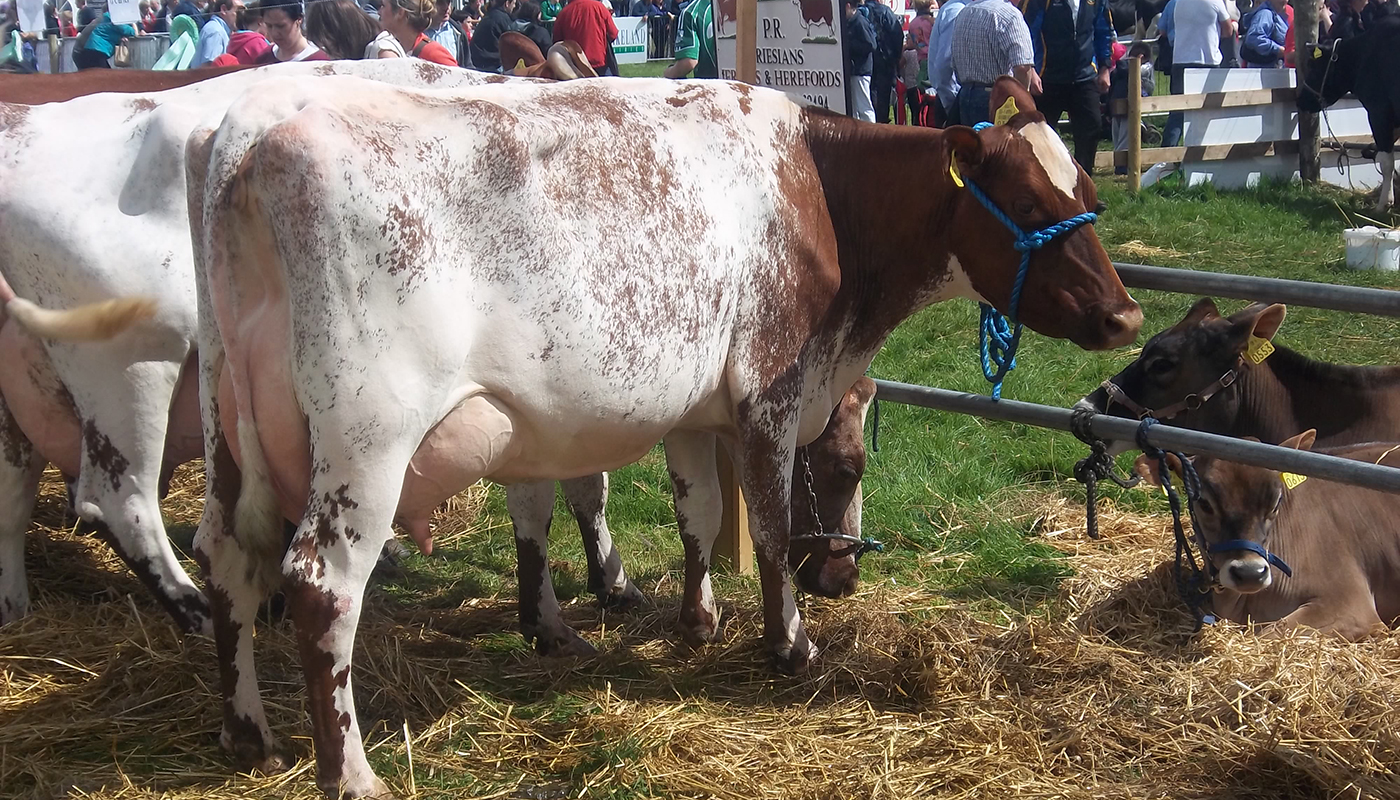 Milking Shorthorn Cattle Breed – Everything You Need to Know
Milking Shorthorn Cattle Breed – Everything You Need to Know Braunvieh Cattle Breed – Everything You Need to Know
Braunvieh Cattle Breed – Everything You Need to Know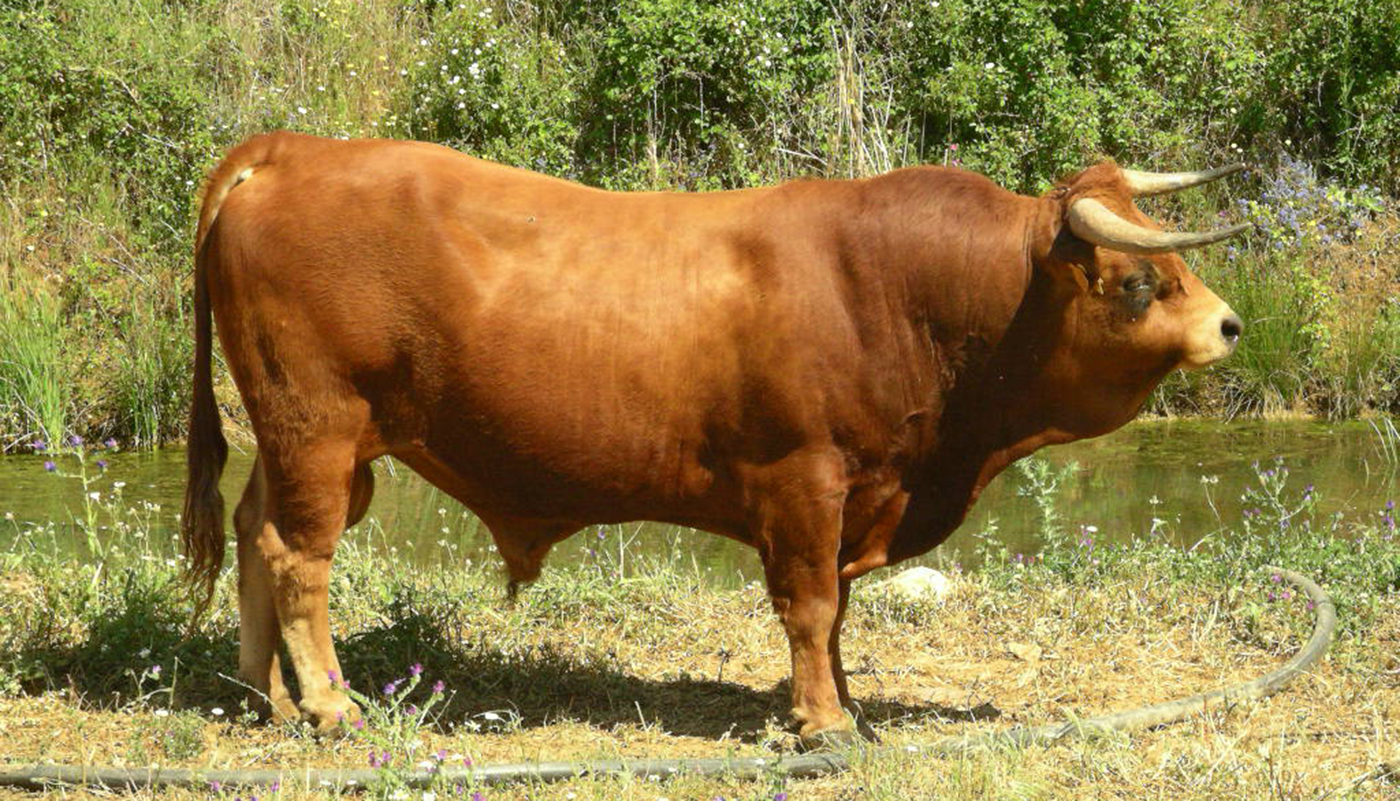 Arouquesa Cattle Breed – Everything You Need to Know
Arouquesa Cattle Breed – Everything You Need to Know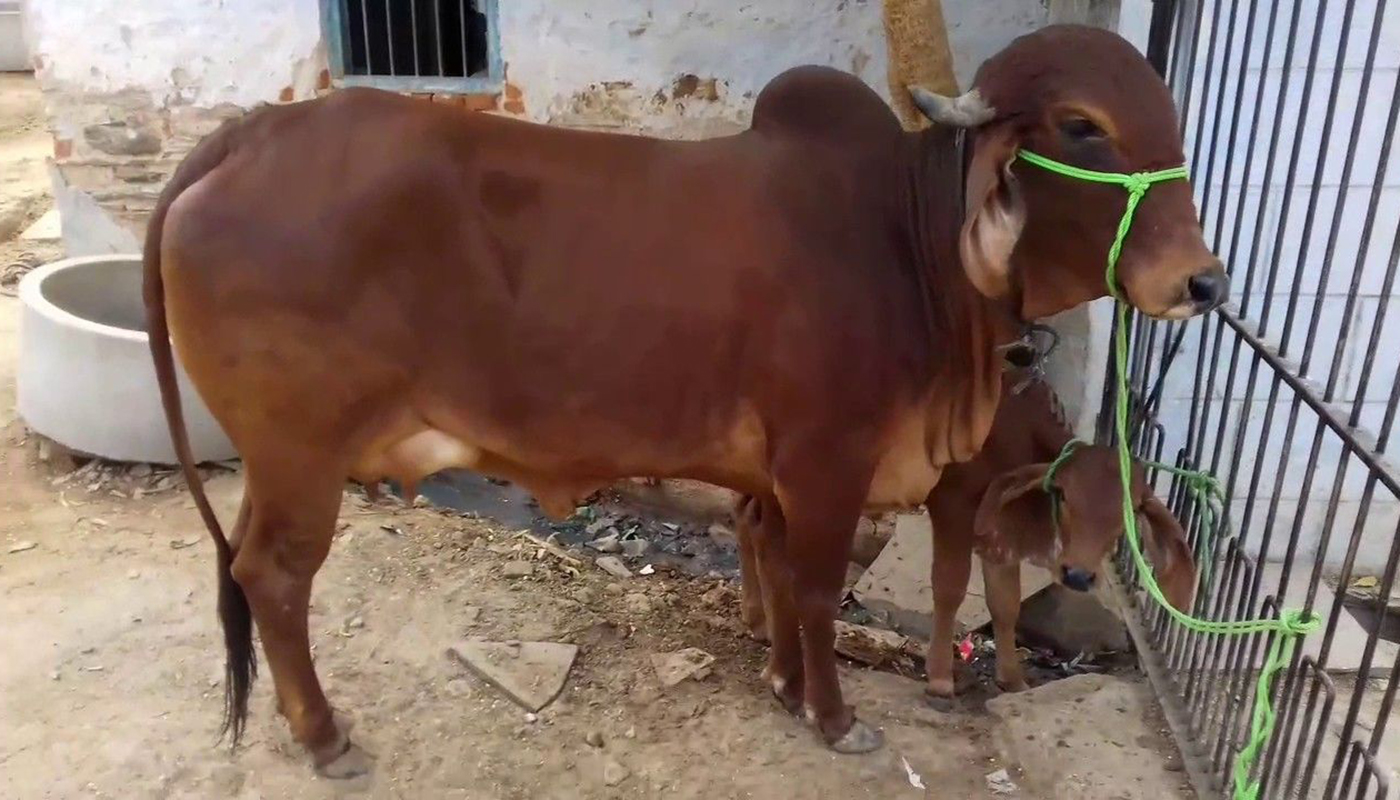 Gir Cattle Breed – Everything You Need to Know
Gir Cattle Breed – Everything You Need to Know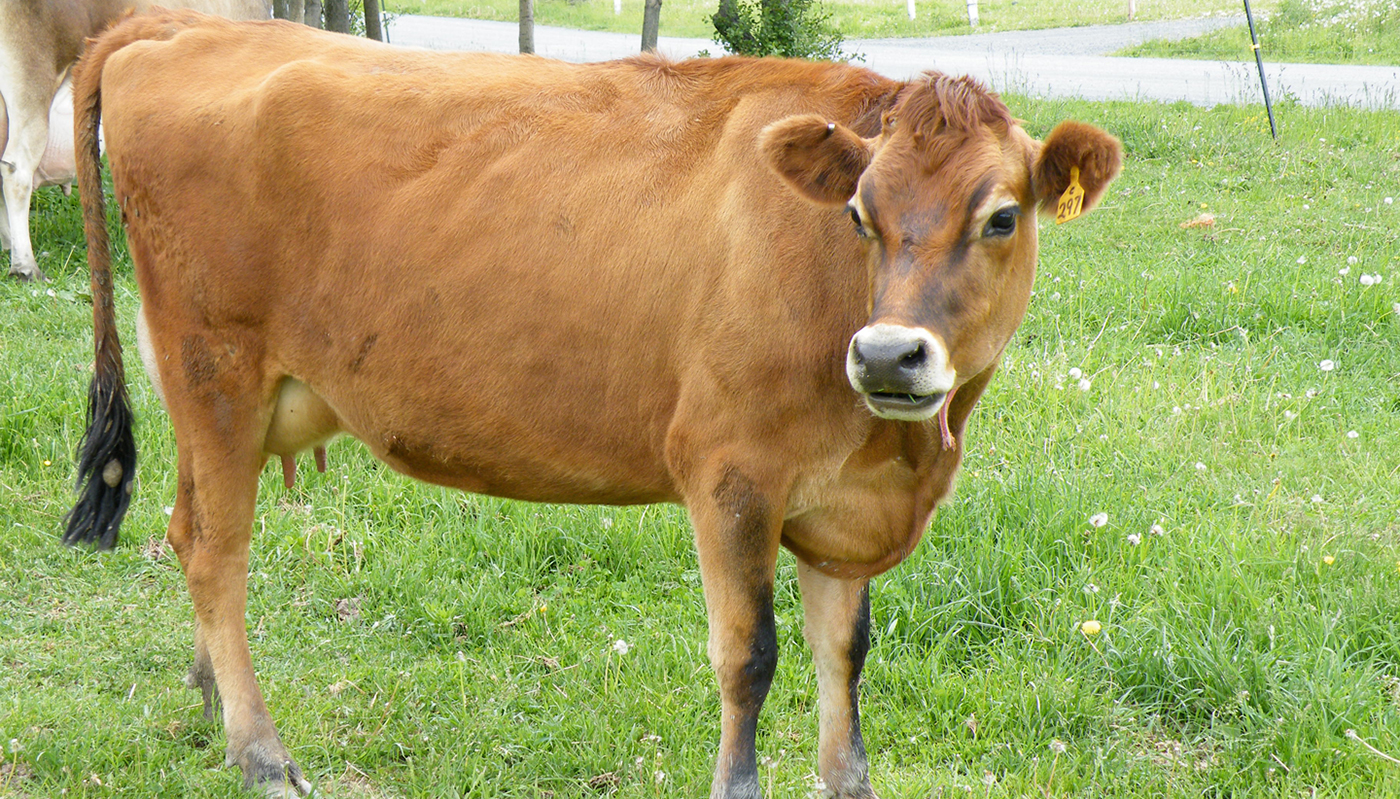 Jersey Cattle Breed – Everything You Need to Know
Jersey Cattle Breed – Everything You Need to Know Droughtmaster Cattle Breed – Everything You Need to Know
Droughtmaster Cattle Breed – Everything You Need to Know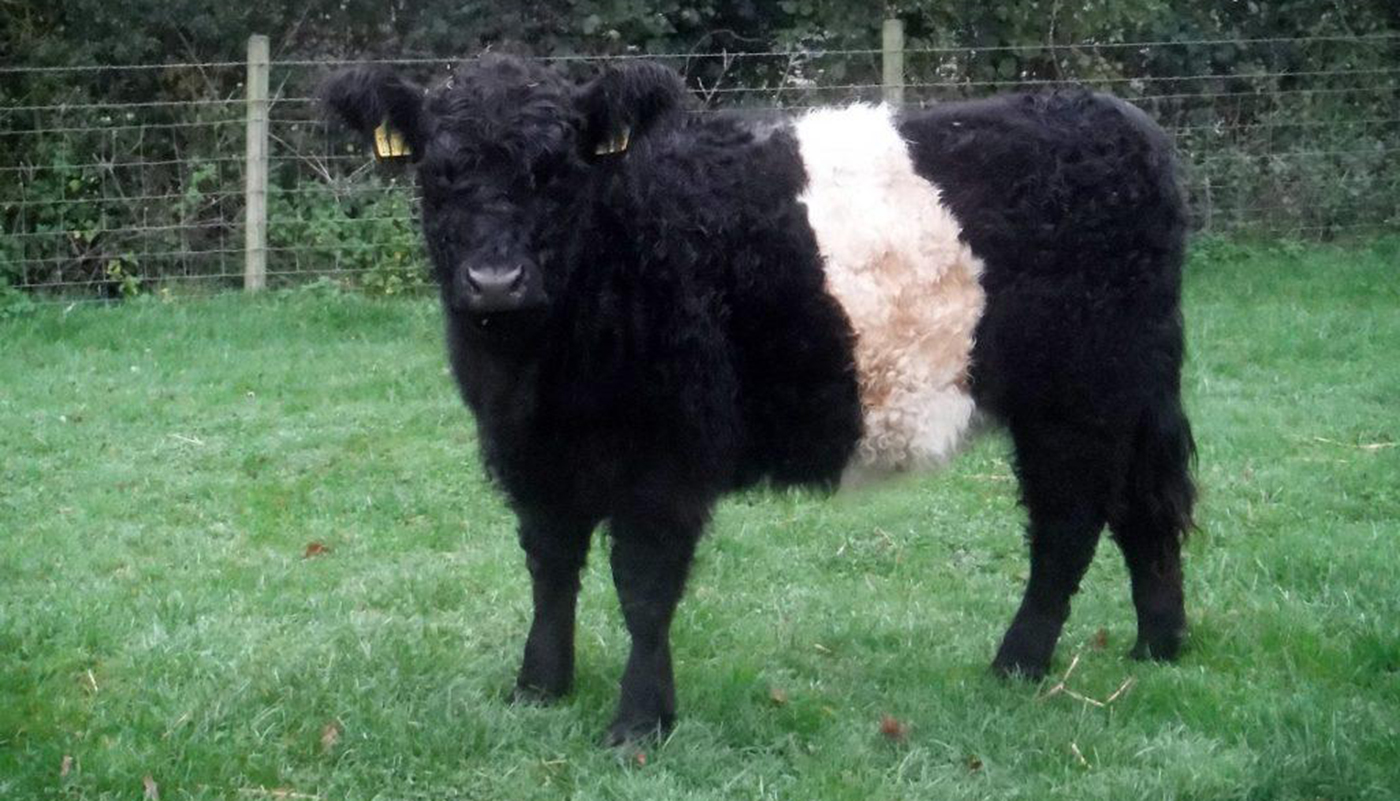 Belted Galloway Cattle Breed – Everything You Need to Know
Belted Galloway Cattle Breed – Everything You Need to Know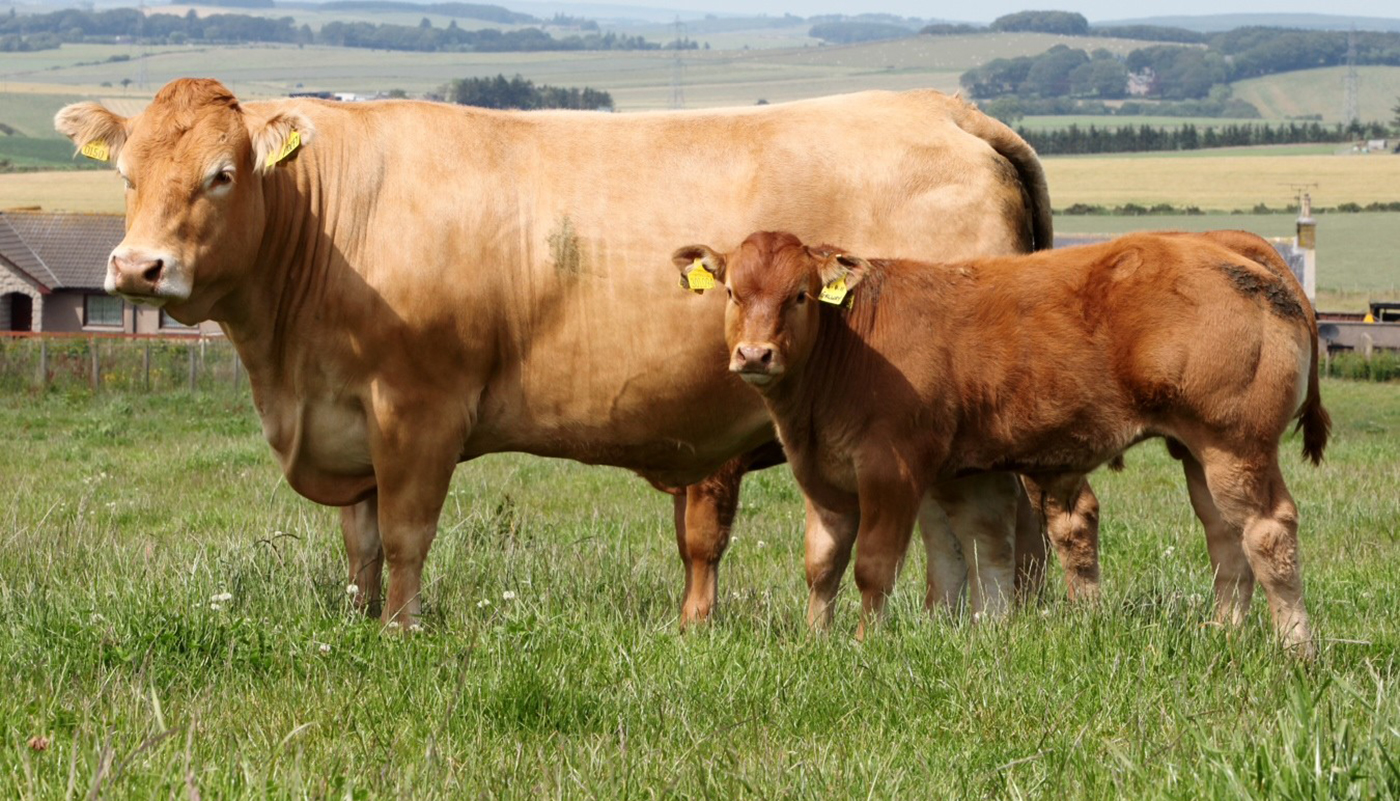 Limousin Cattle Breed – Everything You Need to Know
Limousin Cattle Breed – Everything You Need to Know Nguni Cattle Breed – Everything You Need to Know
Nguni Cattle Breed – Everything You Need to Know Agerolese Cattle Breed – Everything You Need to Know
Agerolese Cattle Breed – Everything You Need to Know Highland Cattle Breed – Everything You Need to Know
Highland Cattle Breed – Everything You Need to Know Black Hereford Cattle Breed – Everything You Need to Know
Black Hereford Cattle Breed – Everything You Need to Know